

Articles
How To Hang Mobile From The Ceiling
Modified: December 7, 2023
Discover the best techniques and step-by-step guides for hanging mobiles from the ceiling in our informative articles. Enhance your space with this creative and unique decor.
(Many of the links in this article redirect to a specific reviewed product. Your purchase of these products through affiliate links helps to generate commission for Storables.com, at no extra cost. Learn more)
Introduction
Have you ever wondered how to make your home or workspace look more whimsical and playful? Hanging a mobile from the ceiling can be a fantastic way to add a touch of creativity and charm to any room. Whether it’s a colorful mobile for a nursery, an artistic mobile for a living room, or a soothing mobile for a meditation space, the options are limitless.
But how do you properly hang a mobile from the ceiling? It may seem like a daunting task, but fear not! In this article, we will guide you through the step-by-step process of hanging a mobile, ensuring that it is securely suspended and visually appealing.
Before we delve into the specifics, it’s important to assess the ceiling and determine the best placement for your mobile. Consider the size of the room, the height of the ceiling, and the overall aesthetics you want to achieve. Once you have a clear vision in mind, you can proceed with choosing the hanging method and gathering the necessary tools and materials.
Next, you’ll need to locate the ceiling joists, which are essential for providing the necessary support for your hanging mobile. Using a stud finder or tapping technique, you’ll be able to identify the joists and mark the hanging points accordingly.
Once the hanging points are marked, it’s time to install the hanging hardware, which can vary depending on the weight and style of your mobile. There are various options to choose from, including hooks, eye screws, and ceiling mounts. We’ll discuss each method in detail, providing tips and recommendations along the way.
After the hardware is securely installed, you can proceed with hanging the mobile. It’s crucial to ensure that the mobile is balanced and stable, as this will prevent it from swinging or falling off. Taking the time to adjust the height and position can make a significant difference in the overall appearance and functionality of your mobile.
Lastly, we’ll emphasize the importance of safety and stability. Regularly inspecting the hanging hardware and making any necessary adjustments will ensure that your mobile remains secure and reduces the risk of accidents. Keeping children and pets in mind, proper installation and maintenance are vital.
So, if you’re ready to transform your space into a captivating and enchanting environment, let’s get started with the step-by-step process of hanging your mobile from the ceiling. Follow the guide carefully, and soon enough, you’ll be enjoying the delightful sights and gentle movements of your beautifully suspended mobile.
Key Takeaways:
- Hanging a mobile from the ceiling involves careful assessment, proper installation, and ongoing maintenance to ensure safety, stability, and visual appeal. It’s a creative and rewarding way to enhance any space.
- Enjoying a hanging mobile involves appreciating its beauty, observing its movements, sharing the experience with others, and creating a harmonious atmosphere. Regular maintenance ensures long-lasting joy and inspiration.
Read more: How To Hang Ornaments From The Ceiling
Step 1: Assess the Ceiling
Before you begin the process of hanging a mobile from the ceiling, it’s important to assess the ceiling itself. This step will help you determine the best placement and ensure that your mobile hangs securely and looks visually appealing in the space.
First, consider the size of the room and the height of the ceiling. This will give you an idea of the scale and proportion of the mobile that will work well in the space. A small mobile might get lost in a large room with high ceilings, while a large mobile could overwhelm a small room with low ceilings. Finding the right balance is key.
Next, think about the overall aesthetics and theme of the room. Does the room have a specific color scheme or design style? Consider choosing a mobile that complements the existing decor, whether it’s modern, bohemian, minimalistic, or eclectic. The mobile should enhance the overall ambiance of the room and add an element of visual interest.
Additionally, consider the purpose and function of the room. Are you hanging the mobile in a nursery to entertain a baby, in a living room to add an artistic touch, or in a meditation space to create a soothing atmosphere? Different rooms may require different types of mobiles, so keep the intended purpose in mind.
Lastly, take into account any obstructions or limitations in the ceiling. Are there light fixtures, ventilation systems, or ceiling fans in the way? Ensure that there is enough space and clearance for the mobile to hang freely without interfering with any existing fixtures. Safety should always be a priority.
By assessing the ceiling thoroughly, you will have a clear understanding of the size, style, and placement of the mobile that will work best in the space. This knowledge will guide you throughout the hanging process and ensure that your mobile becomes a focal point and conversation starter in the room.
Step 2: Choose the Hanging Method
Once you’ve assessed the ceiling and have a clear idea of where you want to hang your mobile, it’s time to choose the appropriate hanging method. The hanging method you select will depend on the weight and style of your mobile, as well as the type of ceiling you have.
Here are a few common hanging methods to consider:
- Hooks: Hooks are a popular choice for hanging mobiles from ceilings. They come in various sizes and shapes, and can be screwed directly into the ceiling or attached to a pre-installed anchor. Make sure to choose a hook that can support the weight of your mobile and consider the aesthetic appeal as well.
- Eye Screws: Eye screws are another versatile hanging option. They are small metal screws with a looped end, allowing you to easily attach and hang your mobile. The advantage of using eye screws is that they can be easily adjusted for height and position. Just make sure to screw them into a sturdy part of the ceiling, such as a ceiling joist or stud.
- Ceiling Mounts: For heavier mobiles, ceiling mounts provide extra support. These mounts, often made of metal, can be screwed into the ceiling using bolts or screws. They provide a secure base for attaching your mobile and can handle more weight than hooks or eye screws. Ceiling mounts are especially useful for larger or more intricate mobile designs.
- Tension Rods: If you prefer a temporary hanging solution or want the flexibility to change the mobile’s location, tension rods can be a great option. Tension rods are adjustable rods that can be placed between two walls or between the sides of a window frame, creating a sturdy base for hanging your mobile. They work best for lightweight mobiles.
Consider the weight and size of your mobile when selecting the hanging method. If in doubt, consult the manufacturer’s recommendations or seek professional advice to ensure the safety and stability of your installation.
Remember to choose a hanging method that aligns with your aesthetic preferences as well. The hardware you select can become a decorative element in itself, enhancing the overall design and visual impact of your hanging mobile.
By selecting the appropriate hanging method, you’ll be one step closer to bringing your mobile to life and creating a captivating display in your space.
Step 3: Gather Necessary Tools and Materials
Before you start the actual process of hanging your mobile from the ceiling, it’s important to gather all the necessary tools and materials. Having everything prepared beforehand will ensure a smooth and efficient installation process.
Here’s a list of the tools and materials you may need:
- Mobile: Choose a mobile that suits your style and complements the overall aesthetics of the room. Consider the size, shape, and color scheme of the mobile, keeping in mind the weight it will exert on the hanging hardware.
- Hanging hardware: Depending on the hanging method you chose, you’ll need the appropriate hardware. This could include hooks, eye screws, ceiling mounts, or tension rods. Make sure to select hardware that can support the weight of your mobile.
- Measuring tape: A measuring tape will come in handy for determining the height and position of the mobile. Use it to measure distances between ceiling joists or desired hanging points, ensuring accuracy and balance.
- Stud finder: If you’re using hooks or eye screws that need to be anchored into ceiling joists, a stud finder is essential. It will help you locate the joists behind the ceiling surface, ensuring stability and support.
- Pencil or marker: You’ll need a pencil or marker to mark the hanging points on the ceiling. This will ensure precision and guide you during the installation process.
- Drill and drill bits: If you’re installing hooks or eye screws, a drill will be necessary to create pilot holes in the ceiling. Make sure to use drill bits that match the size of your hardware to avoid any issues during installation.
- Screwdriver or wrench: Depending on the type of hardware you’re using, you’ll need a screwdriver or wrench to secure the hooks, eye screws, or ceiling mounts into place. It’s important to tighten them properly to ensure stability.
- Ladder or step stool: Since you’ll be working at a height, having a ladder or step stool will make the installation process much safer and more convenient. Choose a ladder appropriate for the height of your ceilings.
It’s also a good idea to have a cloth or towel to protect the floor or furniture from any debris or scratches that may occur during the installation process.
By gathering all the necessary tools and materials, you’ll be well-prepared to tackle the installation process confidently. Having everything readily available will save you time and effort, ensuring a successful hanging experience.
Step 4: Locate the Ceiling Joists
Locating the ceiling joists is a crucial step in hanging a mobile from the ceiling. The joists provide the necessary support to hold the weight of the mobile and ensure its stability. By identifying the joists, you can confidently install the hanging hardware in the most secure and reliable manner.
Here’s how you can locate the ceiling joists:
- Use a stud finder: A stud finder is a useful tool for detecting the joists behind the ceiling surface. Start by turning on the stud finder and placing it against the ceiling. Move it slowly and steadily in a horizontal direction until it indicates the presence of a joist. Repeat this process in different areas of the ceiling to get a comprehensive understanding of the joist locations.
- Look for visual clues: Sometimes, visual cues can help you locate the joists. Look for nail heads or screws on the ceiling, as they are typically attached to the joists. Additionally, you may notice a slight change in ceiling texture or a seam between two ceiling sheets, indicating the presence of a joist underneath.
- Use the tapping method: If you don’t have a stud finder or want to double-check the location of the joists, you can use the tapping method. Start by tapping the ceiling with your knuckles or a small hammer. As you move along the ceiling, listen for sound differences. When you tap on a joist, you’ll notice a solid, dull sound compared to the hollow sound when tapping between the joists.
- Measure from reference points: If you know the distance between two adjacent joists, you can use that information to measure the location of the joists in the area where you want to hang the mobile. Measure from a reference point, such as a wall or window, and mark the joist locations accordingly.
- Consult architectural plans: If you have access to architectural plans or blueprints of the building, they may indicate the joist locations. These plans are especially helpful if you’re unsure about the layout of the ceiling structure.
Remember to mark the locations of the joists clearly on the ceiling using a pencil or marker. These markings will guide you when it’s time to install the hanging hardware. It’s also a good idea to take measurements and mark the distance between the joists, as it will help determine the spacing for the hanging points.
By locating the ceiling joists, you ensure that your hanging mobile is securely attached and will provide years of enjoyment without any concerns of it falling or damaging the ceiling.
Read more: How To Hang A Picture From The Ceiling
Step 5: Mark the Hanging Points
Once you have located the ceiling joists, the next step is to mark the hanging points for your mobile. These markings will serve as a guide when installing the hanging hardware and ensure that your mobile hangs at the desired positions.
Here’s how you can mark the hanging points:
- Measure and plan: Start by measuring the desired distance between the hanging points. This will depend on the size and shape of your mobile, as well as your personal preference. Take into consideration the dimensions of the mobile and the overall balance you want to achieve.
- Use a ruler or measuring tape: With the measurements in mind, use a ruler or measuring tape to mark the exact positions for the hanging points. Begin by marking the first point, then measure the desired distance and mark the subsequent points accordingly. Ensure that the marks align with the ceiling joists for optimal support.
- Double-check the alignment: Before proceeding, double-check the alignment of the marks to ensure that they are straight and evenly spaced. Use a level to confirm that the markings are in a horizontal or vertical line, depending on your desired arrangement.
- Consider the mobile’s balance: Depending on the design of your mobile, you may need to adjust the positioning of the hanging points to achieve balance. Experiment with different placements to find the optimal arrangement where the mobile hangs evenly and doesn’t tilt to one side.
- Account for any obstructions: Take into account any ceiling fixtures, such as light fixtures or ceiling fans, and avoid placing the hanging points directly beneath them. Ensure that the mobile has enough clearance and won’t be obstructed by any existing fixtures.
By marking the hanging points accurately, you will have a clear guide when installing the hanging hardware. These markings will ensure that your mobile hangs exactly where you want it and adds a visually appealing touch to your space.
Remember to use a pencil or marker that is easily visible but can be easily erased or painted over if needed. Once the markings are complete, you can proceed to the next step of installing the hanging hardware.
When hanging a mobile from the ceiling, use a sturdy hook or ceiling anchor to ensure it can support the weight of the mobile. Make sure to hang it at the right height for optimal visibility and balance.
Step 6: Install the Hanging Hardware
With the hanging points marked on the ceiling, it’s time to install the appropriate hanging hardware to securely suspend your mobile. The type of hardware you choose will depend on the weight and style of your mobile, as well as the type of ceiling you have.
Follow these steps to install the hanging hardware:
- Gather the necessary hardware: Based on your chosen hanging method, gather the required hooks, eye screws, ceiling mounts, or tension rods. Make sure they are suitable for the weight and design of your mobile.
- Prepare the hanging hardware: If using hooks or eye screws, ensure that they are clean and in good condition. If necessary, you may need to attach any additional hardware accessories, such as extension chains or swivels, to achieve the desired height and movement for your mobile.
- Align the hanging hardware: Position the hanging hardware directly above the marked hanging points, making sure they align with the ceiling joists. This will ensure proper support for the weight of the mobile. Using a level, confirm that the hardware is straight and aligned with each other.
- Install the hardware: Depending on the type of hardware, follow the specific installation instructions. If using hooks or eye screws, carefully screw them into the ceiling at the marked hanging points, making sure they are securely fastened. For ceiling mounts, use the appropriate screws or bolts to attach them to the ceiling. If using tension rods, adjust them to the desired width and securely place them between the walls or window frame.
- Test the stability: After installing the hanging hardware, give it a gentle tug or shake to ensure that it is securely attached to the ceiling. Double-check that the hardware can support the weight of your mobile and that it feels stable.
It’s crucial to follow the manufacturer’s instructions when installing the hanging hardware to ensure safety and stability. If you are uncertain about any aspect of the installation, consult a professional or seek expert advice.
Taking the time to properly install the hanging hardware will ensure that your mobile hangs securely and remains in place, allowing you to enjoy its beauty and movement without any concerns.
Step 7: Securely Hang the Mobile
Now that the hanging hardware is installed, it’s time to securely hang your mobile from the ceiling. This step is crucial to ensure that your mobile hangs safely, stays in place, and showcases its beauty to the fullest.
Follow these steps to securely hang your mobile:
- Attach the mobile: Carefully attach the mobile to the hanging hardware using the provided attachment points, hooks, or loops. Follow the manufacturer’s instructions to ensure that the mobile is properly secured and balanced. Take your time to ensure that all attachments are securely fastened.
- Inspect the connections: Once the mobile is attached, inspect the connections to ensure that they are tight and secure. Gently shake or tap the mobile to see if any parts are loose or unstable. If you notice any issues, recheck the attachments and make any necessary adjustments.
- Check for balance: Step back and observe the mobile to see if it hangs evenly and in the desired position. Adjust the attachment points or the hanging hardware if needed to achieve the desired balance. This is important to ensure that the mobile hangs straight and doesn’t lean to one side.
- Test the mobile’s movement: Give the mobile a gentle push or tap to see how it moves. Observe whether it swings freely and if the movement is smooth and natural. Make any necessary adjustments to the attachment points or the hanging hardware to optimize the mobile’s movement.
- Ensure stability: Confirm that the mobile is securely attached and doesn’t show any signs of instability or wobbling. It should remain in place without any risk of falling or being easily knocked off. If you notice any issues with stability, reinforce the attachments or seek professional advice if needed.
Remember to take into account the weight and design of your mobile when ensuring its security. Regularly inspect the hanging hardware and connections to ensure that everything remains tight and properly aligned.
Once you’re satisfied with the secure hanging of your mobile, step back and admire its placement. Be sure to take a moment to appreciate the beauty and uniqueness it adds to your space.
Note: If you’re hanging a mobile in a space with children or pets, ensure that it is out of reach to avoid any accidental entanglement or hazards.
Step 8: Ensure Safety and Stability
Ensuring the safety and stability of your hanging mobile is of utmost importance. Regular maintenance and proactive measures will help keep your mobile secure and prevent any accidents or damage. Follow these guidelines to ensure the ongoing safety and stability of your mobile:
- Regularly inspect the hanging hardware: Periodically check the condition of the hanging hardware, including hooks, eye screws, ceiling mounts, or tension rods. Look for any signs of wear, loosening, or damage. If you notice any issues, promptly replace or reinforce the hardware as necessary.
- Monitor the mobile’s condition: Regularly inspect the mobile itself for any signs of wear, loose parts, or damage, especially if it involves delicate materials or moving components. If you notice any issues, repair or replace the mobile to maintain its stability and prevent any potential hazards.
- Secure any loose elements: If your mobile features dangling elements or pieces that have a tendency to come loose, secure them properly to prevent accidents or damage. Consider using clear adhesive or small clips to keep them in place. Regularly check and re-secure these elements as needed.
- Be mindful of weight restrictions: Pay attention to the weight restrictions specified by the hanging hardware and follow them diligently. Overloading the hanging hardware can compromise its stability and lead to potential accidents. If you want to change your mobile or add new elements, ensure that the hardware and ceiling can support the additional weight.
- Keep an eye on environmental factors: Consider the environmental conditions in the room where the mobile is hanging. Excessive humidity, extreme temperature fluctuations, or direct exposure to sunlight can affect the integrity and longevity of the mobile. If necessary, make adjustments or relocate the mobile to preserve its condition.
- Supervise children and pets: If you have children or pets in the space, ensure that they are supervised when in close proximity to the mobile. Educate them about the mobile’s fragility and potential hazards, and discourage them from touching or pulling on the mobile. Taking proactive measures will help prevent accidents and preserve the mobile’s stability.
By following these safety measures, you can enjoy your hanging mobile without worry, knowing that it is securely installed and poses no risk to you, your loved ones, or your space.
Remember to perform regular maintenance and inspections to ensure the ongoing safety and stability of your hanging mobile. With proper care, your mobile can continue to bring beauty, charm, and a sense of wonder to your surroundings for years to come.
Read more: How To Hang Swing From The Ceiling
Step 9: Adjust Height and Position
Adjusting the height and position of your hanging mobile is an important step to ensure optimal visual impact and functionality. Finding the right balance and placement will enhance the overall aesthetic appeal and create an inviting atmosphere in your space. Follow these steps to adjust the height and position of your mobile:
- Consider eye level: Start by considering the eye level of the viewers in the room. You want the mobile to be easily visible and appreciated by those who enter the space. Aim to position the mobile at a height where it can be enjoyed without causing any distraction or obstruction.
- Experiment with different heights: If you’re unsure about the ideal height, try adjusting the mobile’s position at various heights until you find the most visually pleasing spot. Consider the size, design, and movement of the mobile to achieve the desired impact and balance.
- Observe the mobile’s movement: Take a step back and observe how the mobile moves in its current position. Is the movement smooth and captivating? Adjust the height or angle of the mobile if necessary to optimize the fluidity and enchantment of its movements.
- Consider the space’s layout: Take into account the layout of the room and the surrounding furniture when adjusting the mobile’s position. Ensure that the mobile is well-integrated with the overall design and doesn’t interfere with the functionality or flow of the space.
- Seek multiple perspectives: It can be helpful to view the mobile from different angles and perspectives to assess its impact. Walk around the room and observe the mobile from various vantage points. This will help you determine if any adjustments are needed to achieve a harmonious placement.
- Take feedback into account: Consider the opinions and feedback of others who share the space. Their input can provide valuable insights and perspectives you may not have considered. Take their feedback into account when adjusting the height and position of the mobile.
Remember, finding the perfect balance and placement for your hanging mobile may require some trial and error. Be patient and take the time to experiment until you achieve the desired visual and functional effect.
By adjusting the height and position of your mobile thoughtfully, you will create a captivating focal point in your space, adding beauty and intrigue to the overall atmosphere.
Step 10: Enjoy Your Hanging Mobile
Congratulations! You have successfully completed all the steps involved in hanging your mobile from the ceiling. Now it’s time to sit back, relax, and fully embrace the beauty and charm that your mobile brings to your space. Here are a few tips to help you fully enjoy your hanging mobile:
- Take a moment to appreciate: Pause and admire your completed installation. Appreciate the craftsmanship, design, and movement of your mobile. Allow yourself to be captivated by its soothing motions and the way it adds character to your room.
- Observe the changing dynamics: Pay attention to how your mobile interacts with the surrounding environment. Notice how it responds to changes in air currents, light conditions, or gentle movements in the room. Embrace the ever-changing nature of your mobile and the delightful surprises it brings.
- Share the experience: Invite friends, family, and guests to appreciate your hanging mobile. Share the story behind it, its significance, or simply let others revel in its beauty. It can be a wonderful conversation starter and a source of inspiration for others.
- Experiment with lighting: Consider using different lighting techniques to enhance the visual impact of your mobile. Play with natural or artificial lighting that accentuates the colors, shadows, or reflections of your mobile. Experimentation will help you create a magical ambiance in your space.
- Create an inviting atmosphere: Arrange your space to harmonize with the presence of your hanging mobile. Decorate the surroundings with complementary colors, textures, or themes that enhance the mobile’s aesthetics. By creating a cohesive atmosphere, you amplify the overall impact of your mobile.
- Practice regular maintenance: To keep your mobile in top shape, perform regular maintenance as needed. Clean the mobile gently, removing any dust or debris that may accumulate over time. Perform visual inspections to ensure that all attachments and connections remain secure.
- Reflect and inspire: Let your hanging mobile serve as a reminder to pause, reflect, and find moments of tranquility in your busy life. Allow its peaceful motions to inspire creativity, introspection, and a sense of calmness in your daily routine.
Your hanging mobile is more than just a decorative element; it’s a piece of art that adds depth and character to your space. Embrace the joy that it brings and let it become a cherished feature in your home or workspace.
Remember, as time goes by, your hanging mobile may become even more meaningful. It may carry memories, symbolism, or personal connection for you. Embrace these emotions and allow your mobile to evolve as part of your living space.
Enjoy the beauty, the movement, and the serenity that your hanging mobile brings to your surroundings. Let it be a source of inspiration, wonder, and delight for years to come.
Conclusion
Congratulations on successfully hanging your mobile from the ceiling! Through careful assessment, planning, and execution, you’ve created a captivating and unique addition to your space. Your mobile has the power to infuse beauty, whimsy, and tranquility, enhancing the ambiance of any room.
By following the step-by-step process, you’ve ensured the safety, stability, and visual appeal of your hanging mobile. The assessment of your ceiling and consideration of the hanging method enabled you to make informed decisions about the hardware and placement. Locating the ceiling joists and marking the hanging points added a systematic approach to the installation process.
Installing the hanging hardware and securely mounting your mobile gave you peace of mind, ensuring that your creation is stable and able to withstand the test of time. Adjusting the height and position allowed you to fine-tune the visual impact and create a harmonious integration with the surrounding environment.
Now, it’s time to sit back and enjoy the enchanting presence of your hanging mobile. Take moments to appreciate its movements, observe how it interacts with light and air currents, and share the beauty with others. Your mobile will become a unique expression of your personal style and a source of inspiration for those who encounter it.
Remember to practice regular maintenance, ensuring the safety and longevity of your mobile. Perform visual inspections, clean as needed, and make adjustments whenever necessary. By doing so, you’ll ensure that your mobile continues to bring joy and serenity to your space for years to come.
Thank you for embarking on this journey of hanging a mobile from the ceiling. Embrace the artistry, grace, and creativity that your mobile represents. Revel in the calming and awe-inspiring movements it gracefully brings to your everyday life. Enjoy the captivating presence of your hanging mobile, and let it be a constant reminder of the beauty that can be found in even the simplest things.
Frequently Asked Questions about How To Hang Mobile From The Ceiling
Was this page helpful?
At Storables.com, we guarantee accurate and reliable information. Our content, validated by Expert Board Contributors, is crafted following stringent Editorial Policies. We're committed to providing you with well-researched, expert-backed insights for all your informational needs.

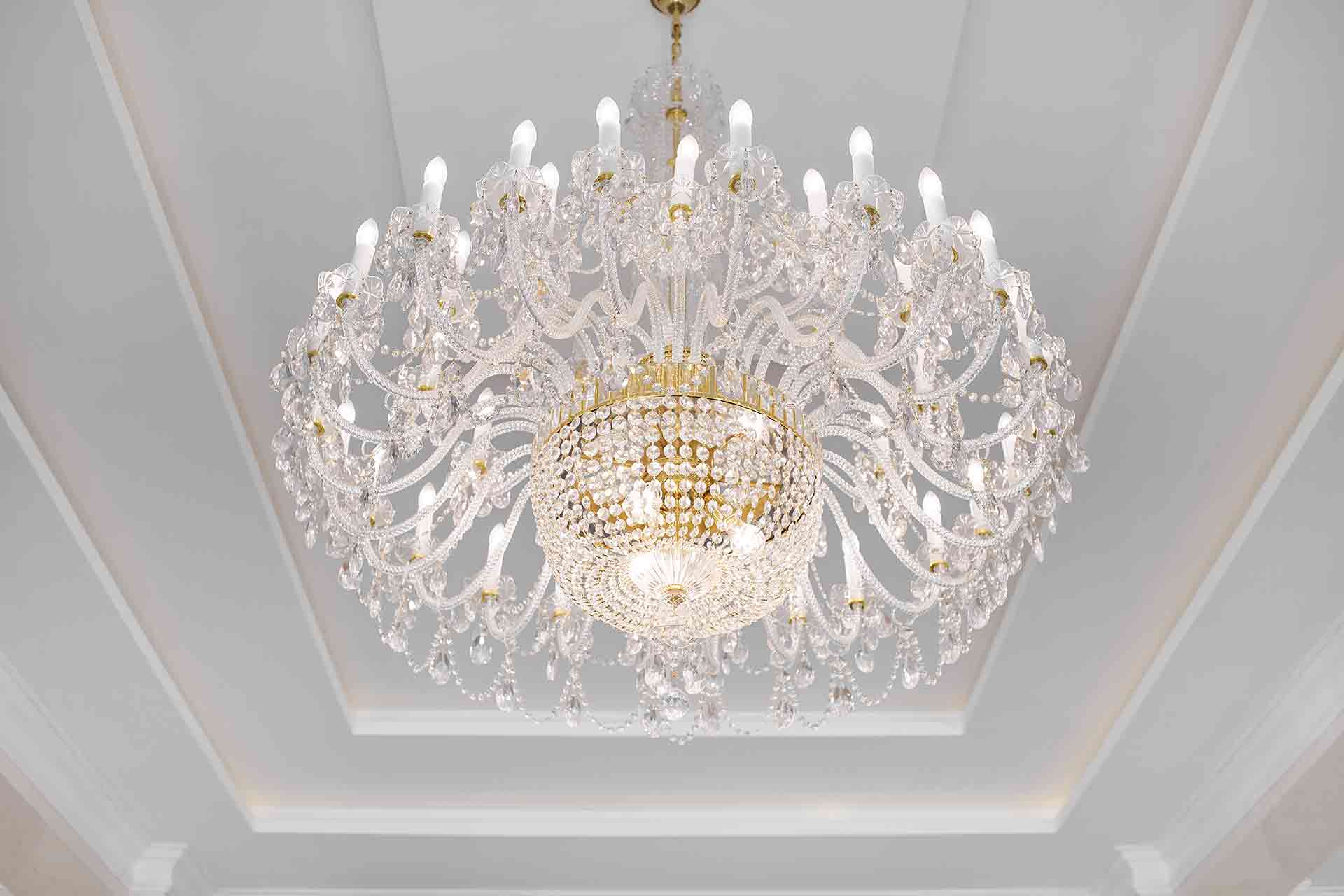
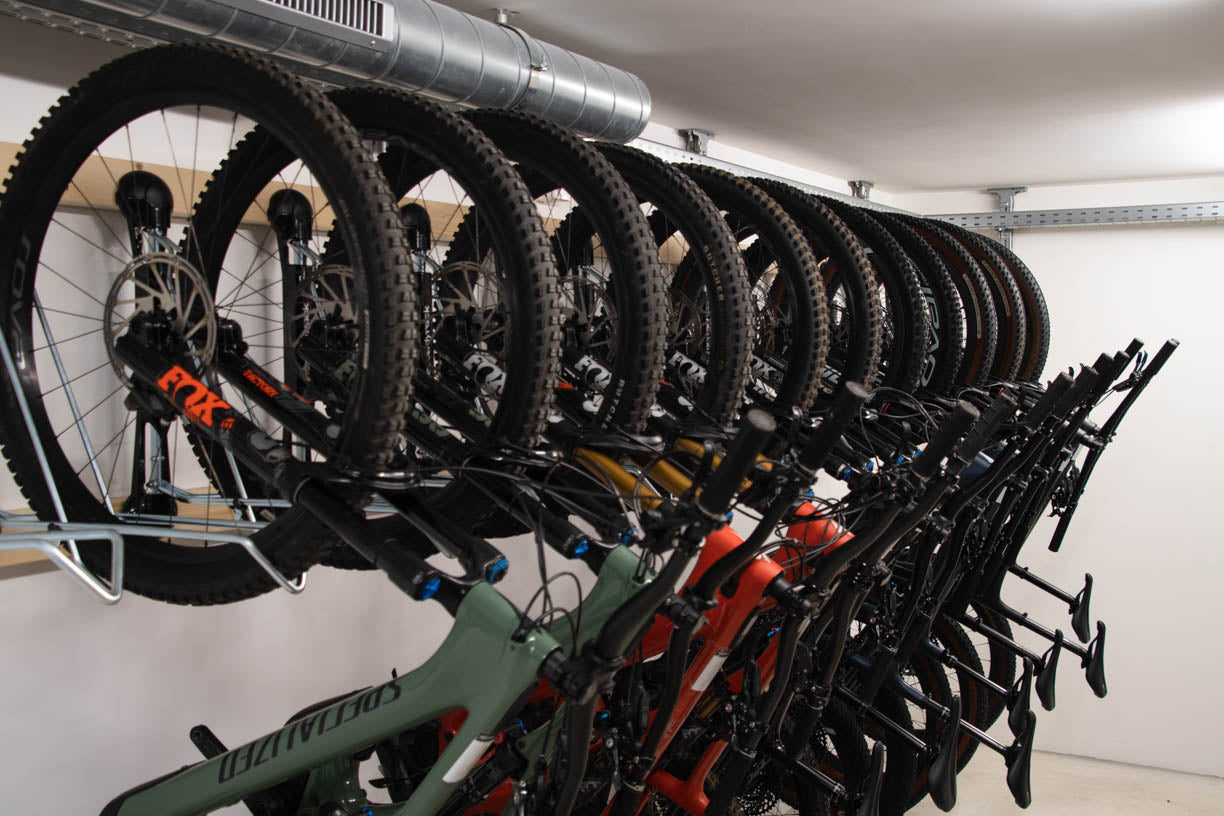

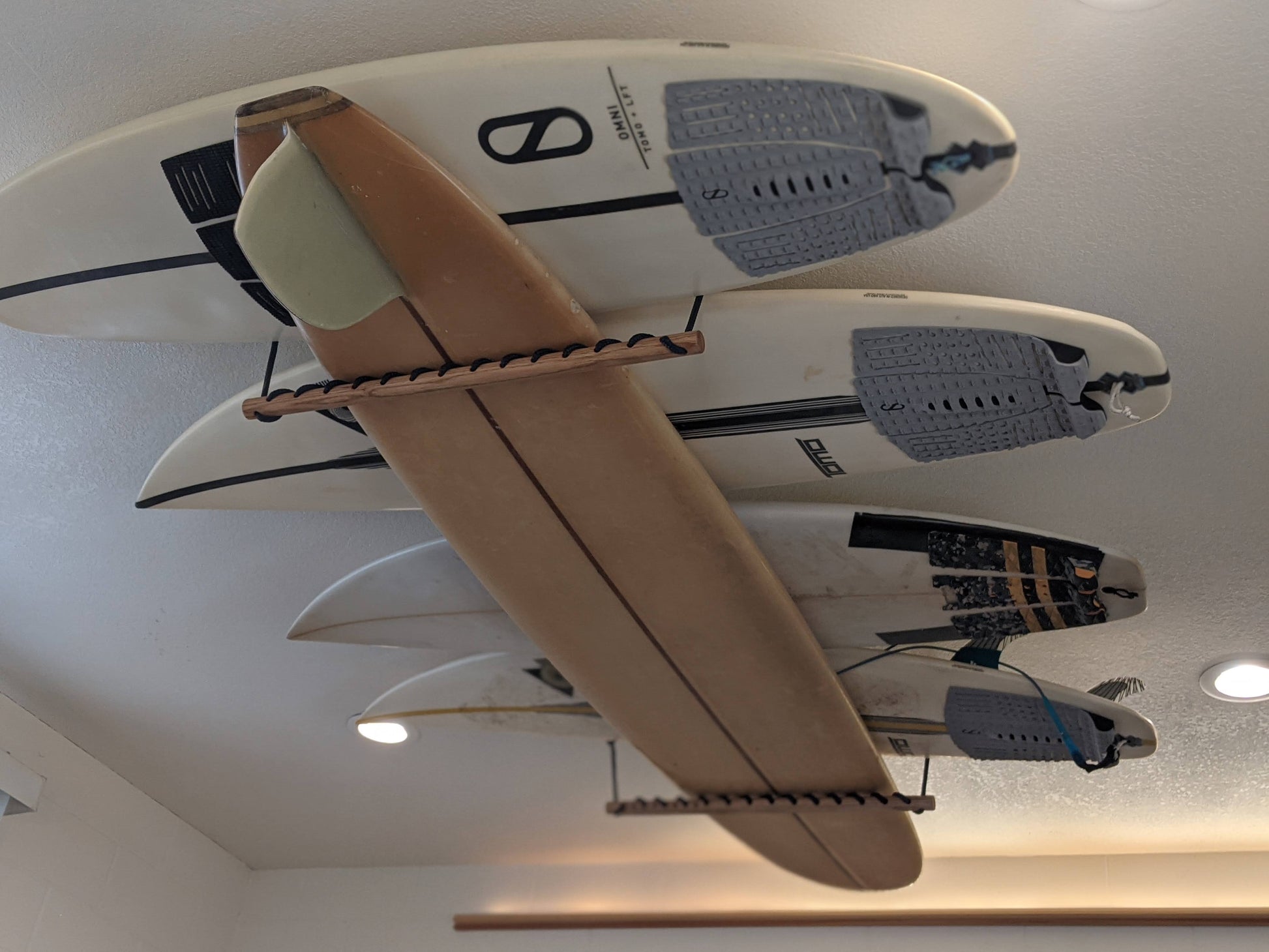
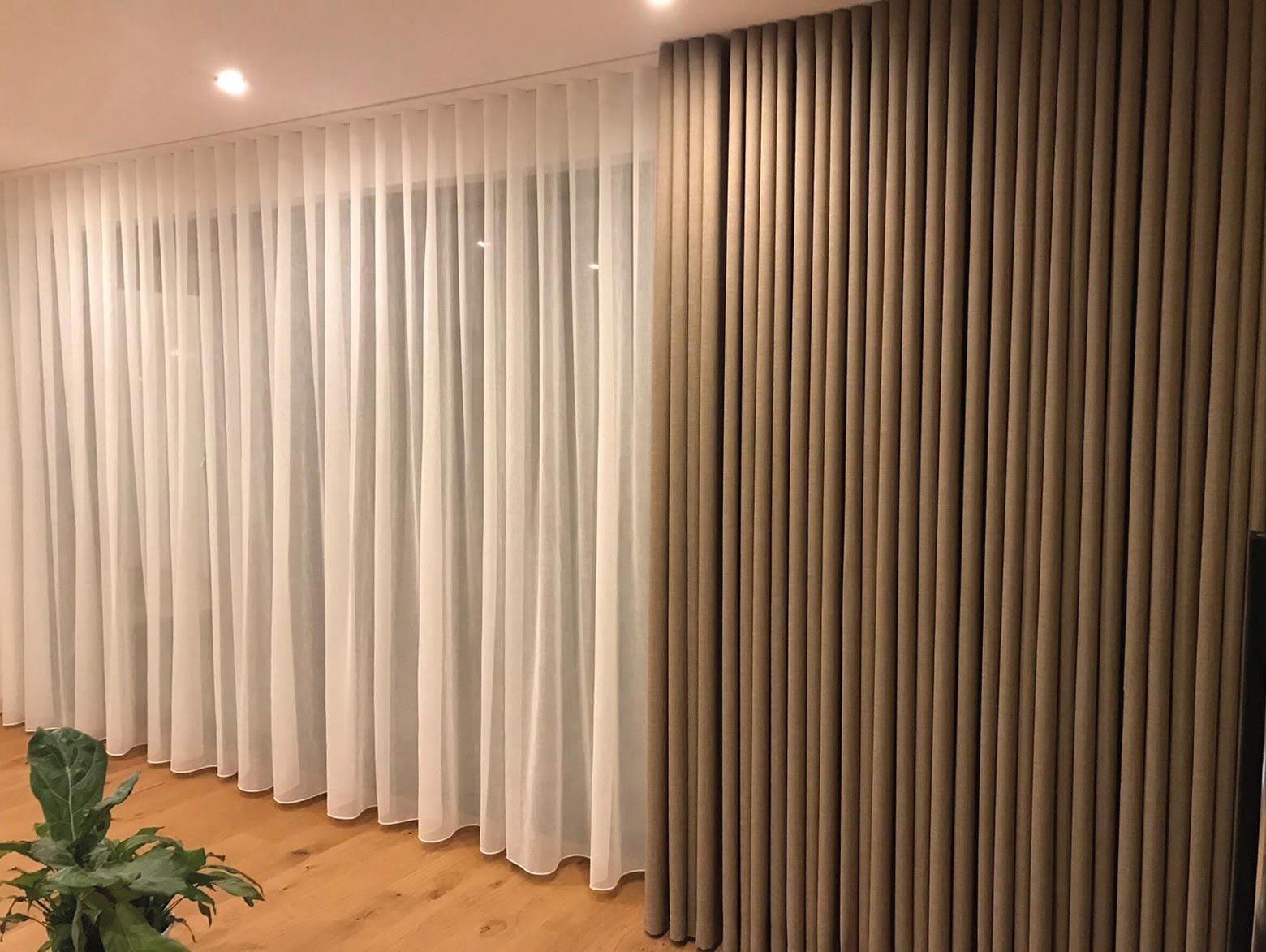
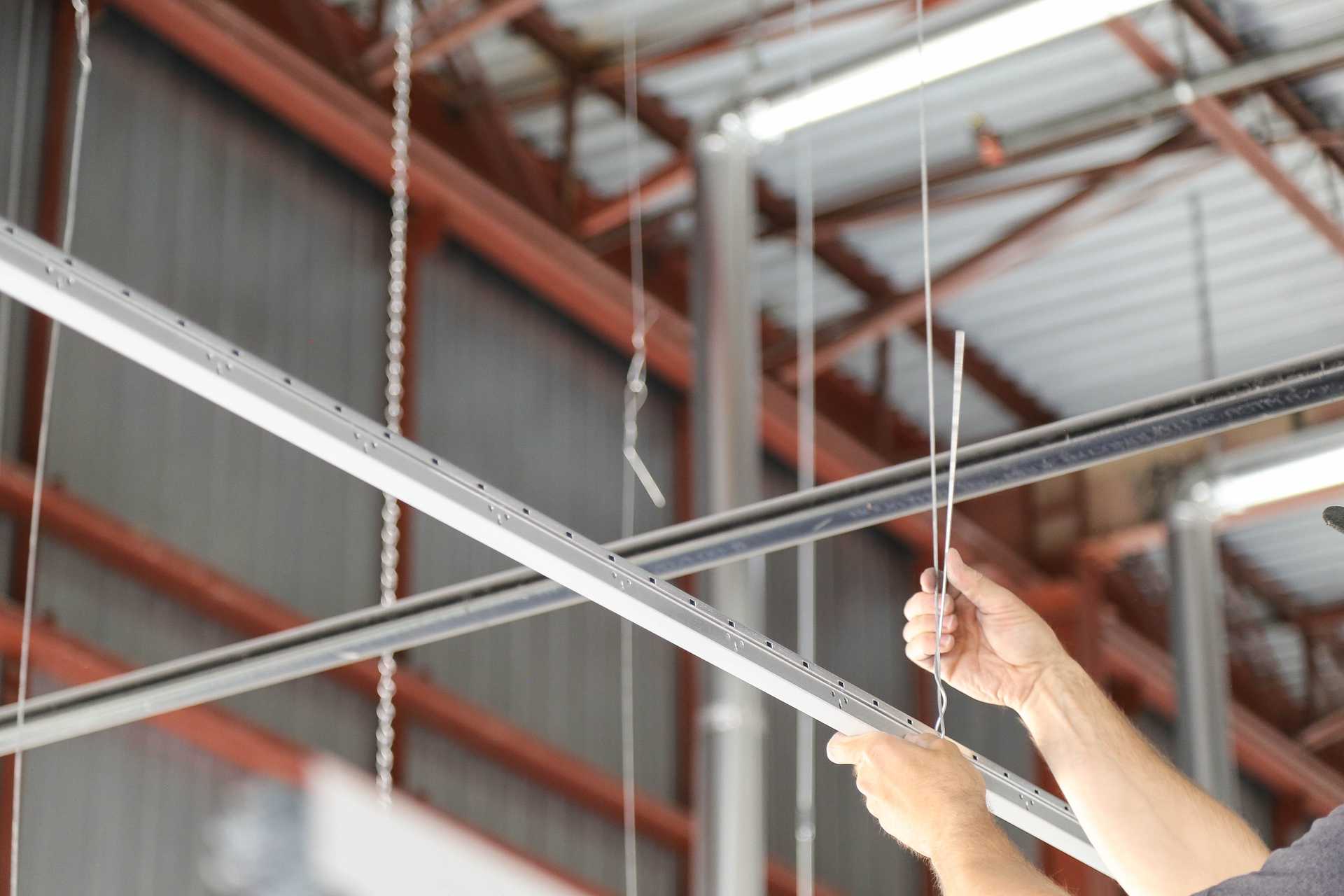
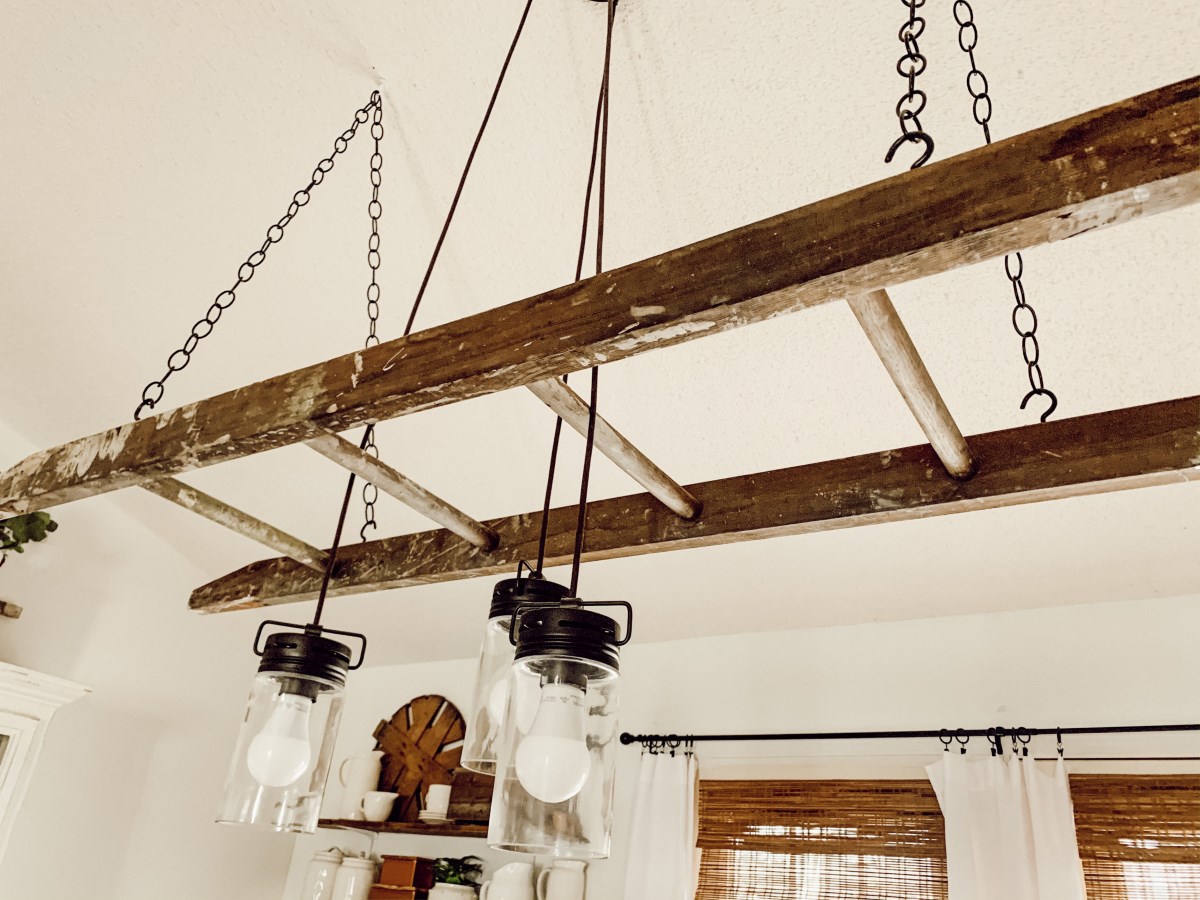



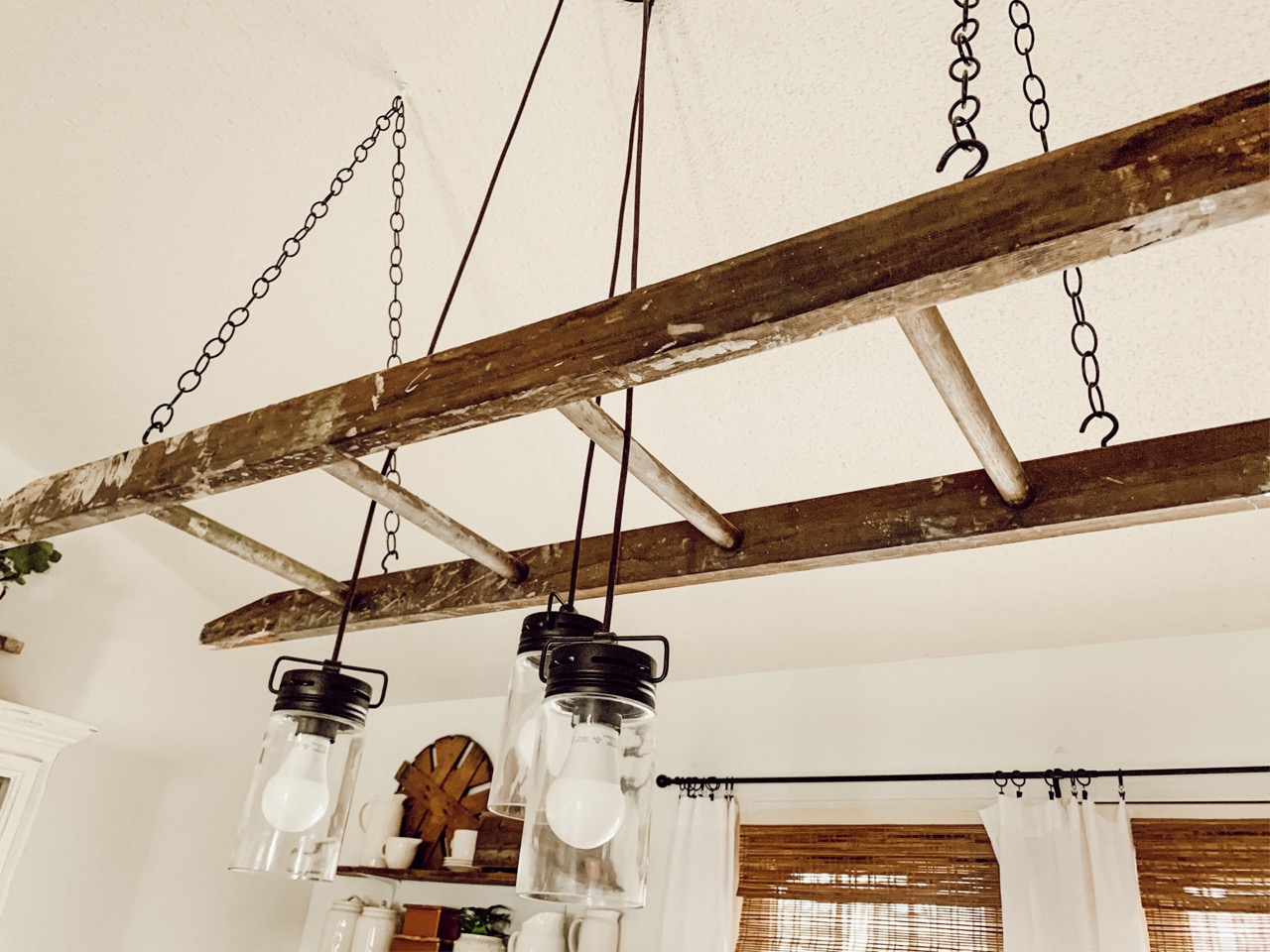
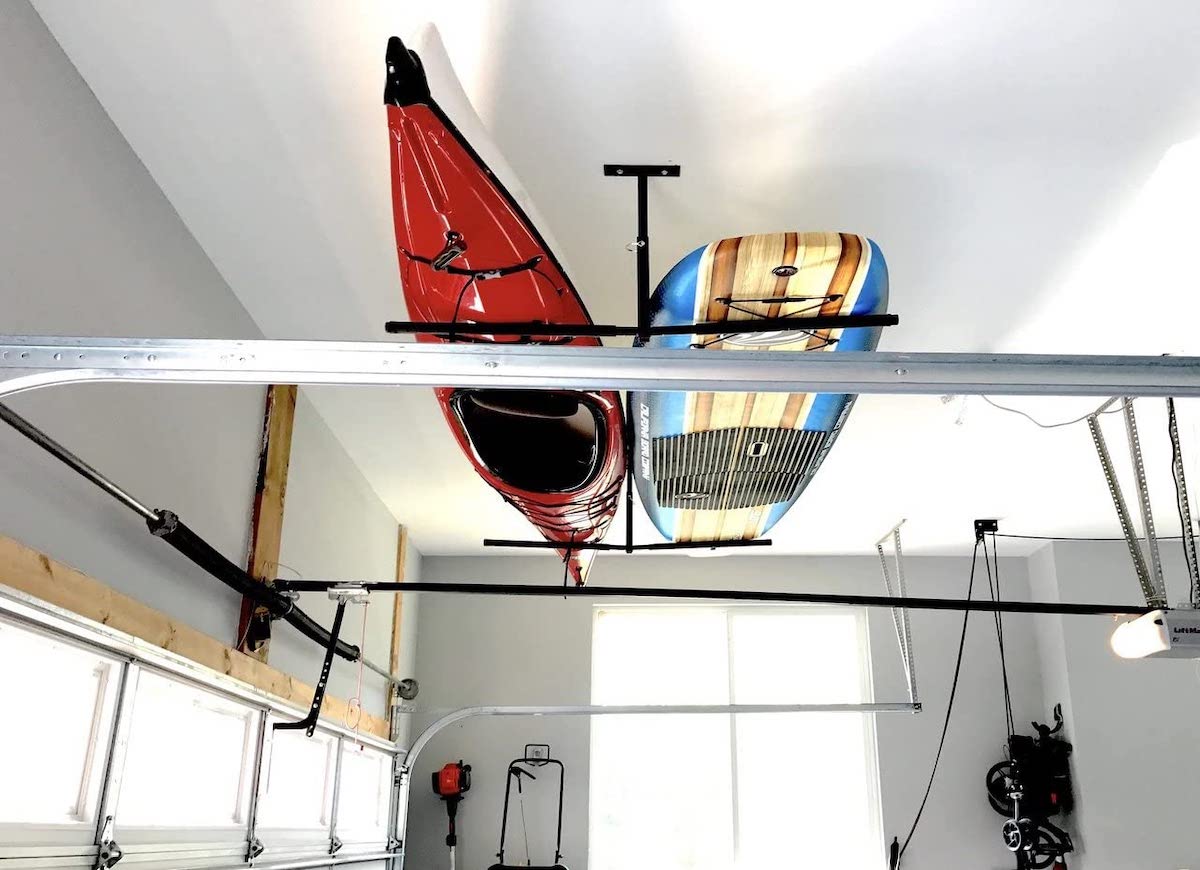

0 thoughts on “How To Hang Mobile From The Ceiling”